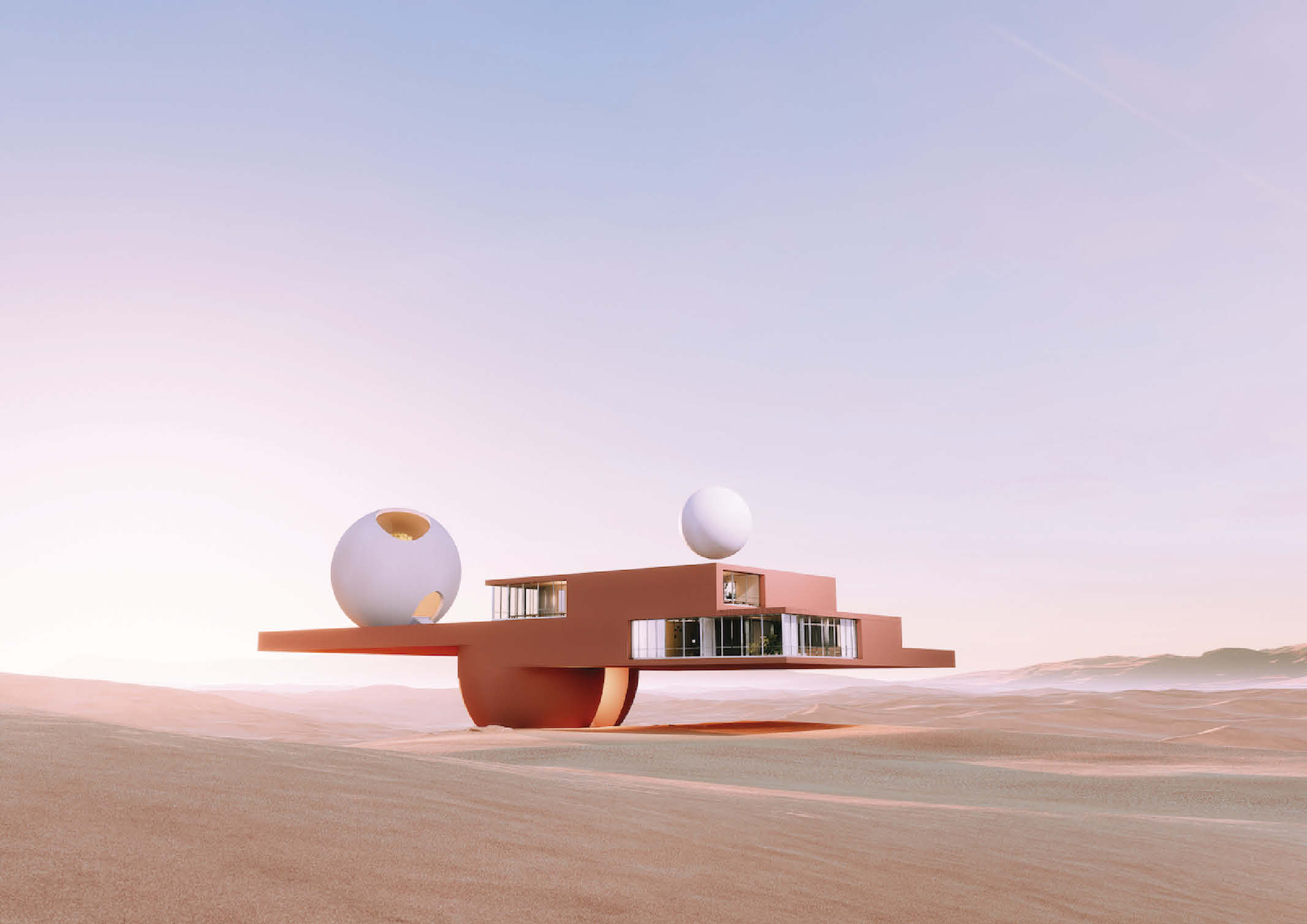
From Cyber Cities to Teleportation: The Architecture in the Metaverse
We live in a world where experiences and different moments in space and time are inseparably blended. The ever-growing fascination to gain access to other planes of existence, particularly of digital communities is changing the environment we inhabit as we know it.
Currently, the digital world is already engrained in our culture, represented mainly by social media to form an additional layer to our everyday life. Virtual Platforms, in some ways, can be curated by anyone. The structure of the platform is dictated by common interests and connections that almost mimics the formation of communities.
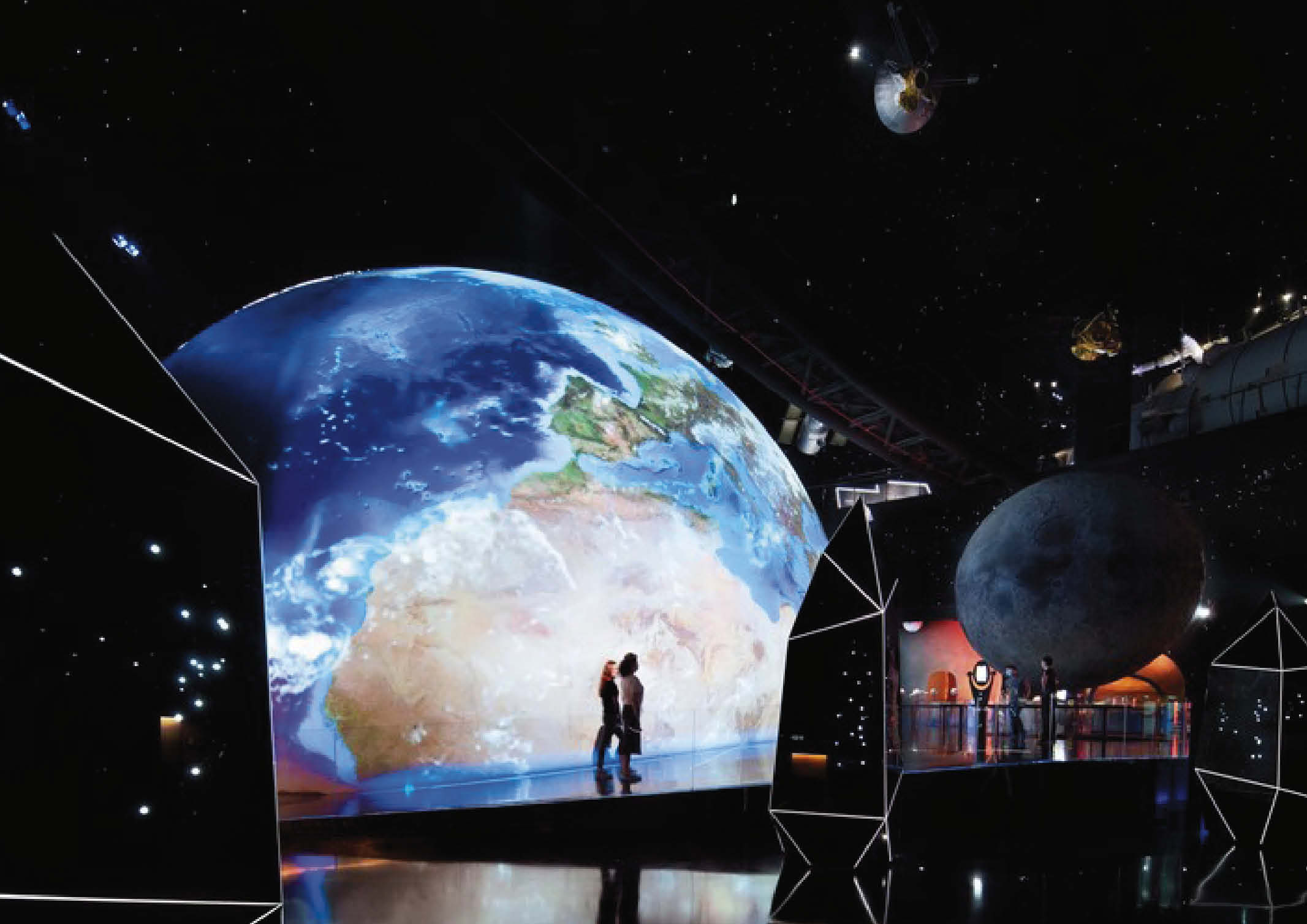
One major departure point from social media toward the immersive environment is the integration of Augmented and Virtual Reality. These technologies create a pathway to the metaverse, where the virtual world is transformed to resemble the physical one.
Within the premise of unlimited space and reason not necessarily a factor in the development of the metaverse infrastructure, it is a question then as to why designers aim to make these planes of reality mimic the physical environment.
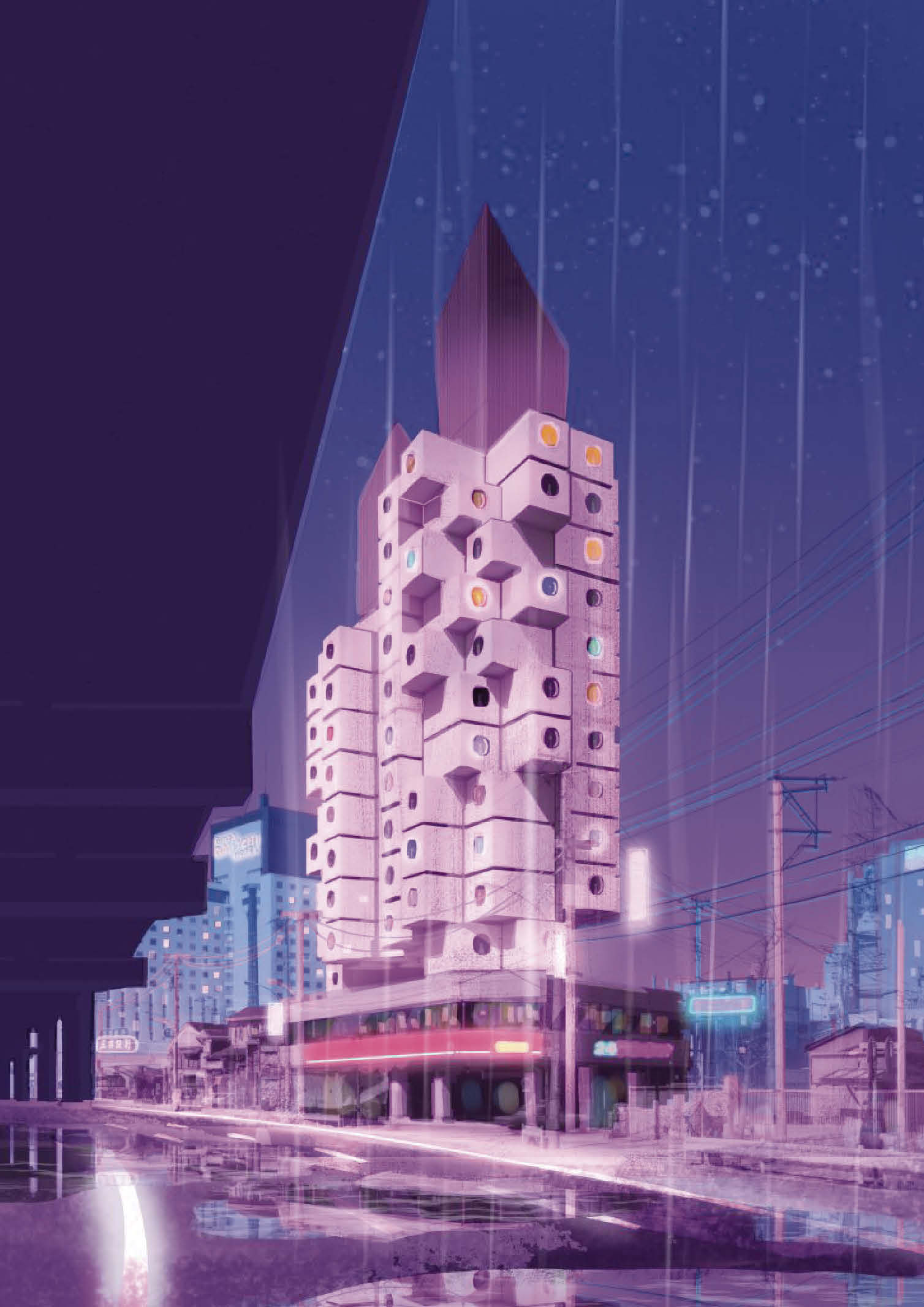
The Familiarity Principle
Generally speaking, humans don’t want to risk the unfamiliar. From an evolutionary perspective, it makes sense that familiarity breeds liking thus, leading to comfort.
The Mere Exposure Effect, also known as the familiarity principle, is the psychological phenomenon that describes our human tendency to develop preferences for things simply because we are familiar with them.
Hence, we ought to begin to view the metaverse in the same manner. Newer platforms are integrating more social aspects, thus creating virtual spaces that mimic urban environments.
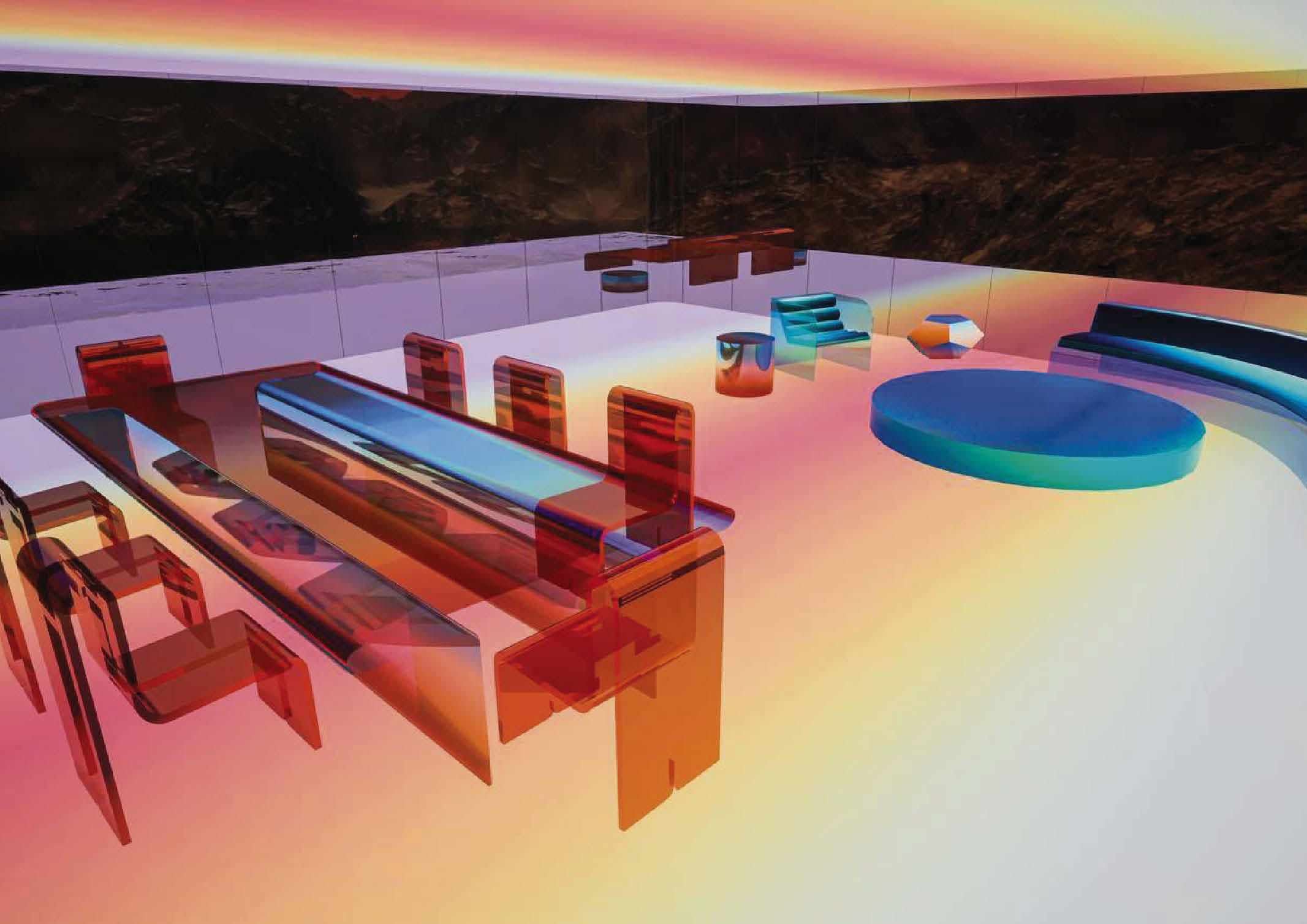
Architects as the Designers of the Metaverse
There is high value in exploring the importance of architecture as it informs these virtual worlds, and vice versa. As for architects, the metaverse is a place where they can push formal boundaries and redefine what “space” means, focusing on open-source, form, geometry and pure creativity not confined to realism.
Architects play a key role in conceptualizing experiences that mirror and improve real-world designs, and physical constraints are no longer an obstacle in the metaverse. With no geographical limitations, the possibilities seem endless.
In a way, it extends what we are already doing – creating 3D models to guide what we want to design in the real world. The only difference is that, within the digital realm, these models are no longer prototypes but structures that can be seen and used by its users.
The metaverse is also where much of architectural innovation will be happening. It offers a potent opportunity for parametric design – the only natively digital architectural style shaped by to algorithmic processes.
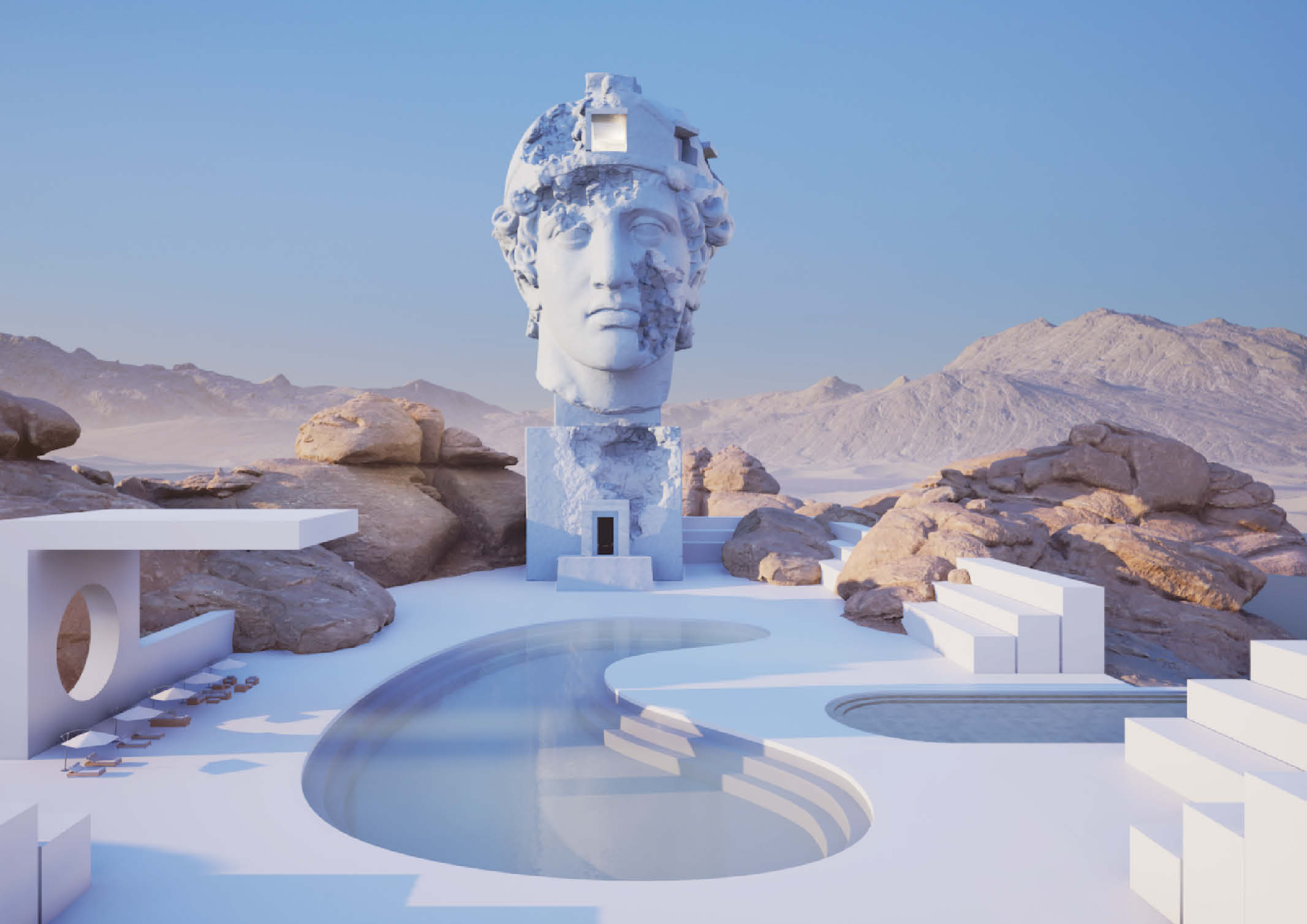
Within the logic of virtual cities, teleportation is more than convenient. Roads and plazas are irrelevant in terms of transportation, but take on a different role. They become spatial browsing tools that provide visibility to nearby properties. This demonstrates how similar premises can be applied in the physical world. Platforms such as the metaverse can be utilized as a tool to critique the built environment.
Slowly, we are seeing architects engage in different virtual reality projects to introduce us at this new schema of digital age. Zaha Hadid Architects (ZHA) has created a ‘cyber-urban’ city in the metaverse where individuals can buy plots of land with cryptocurrency and enter digital buildings as an avatar.
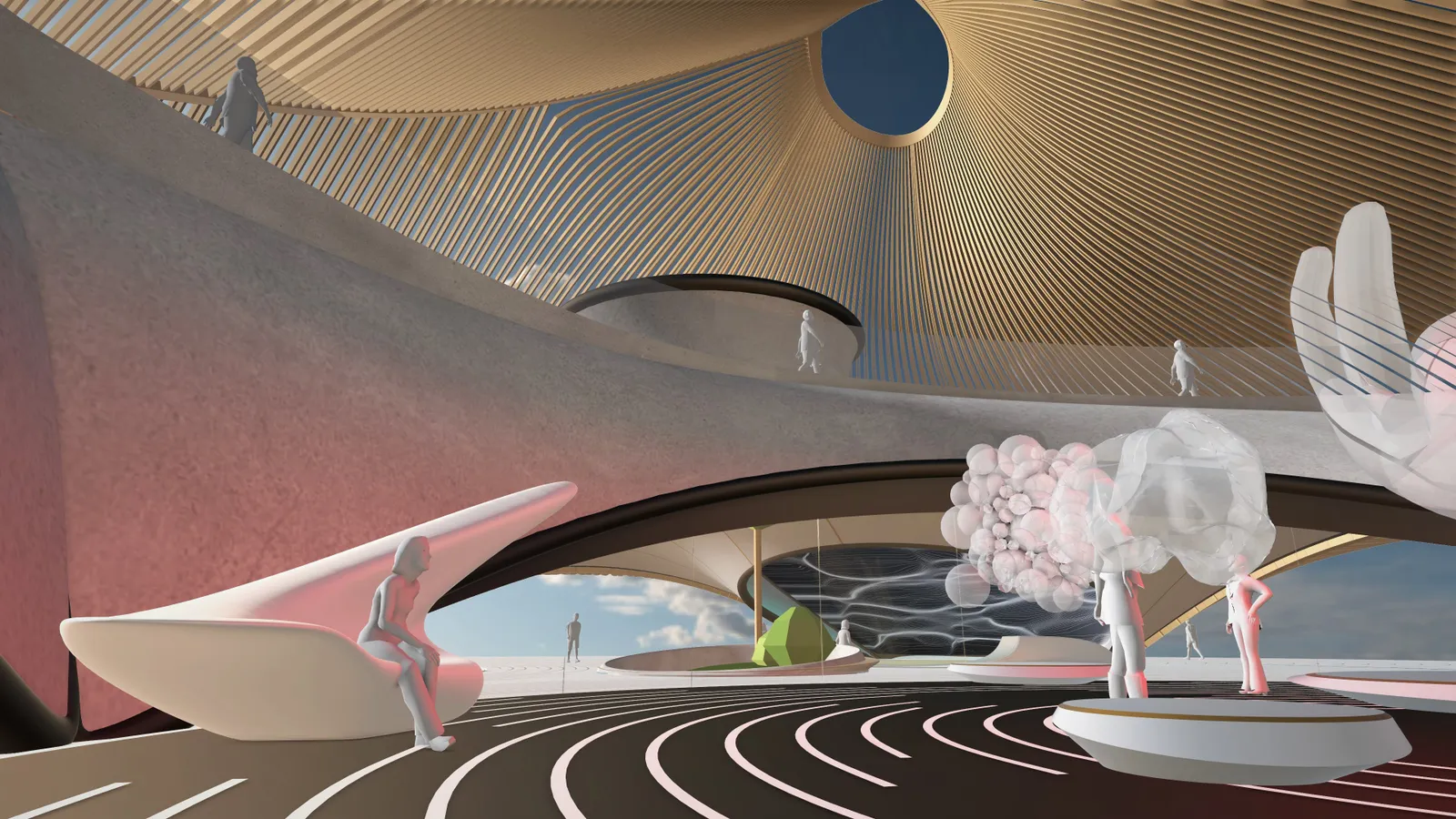
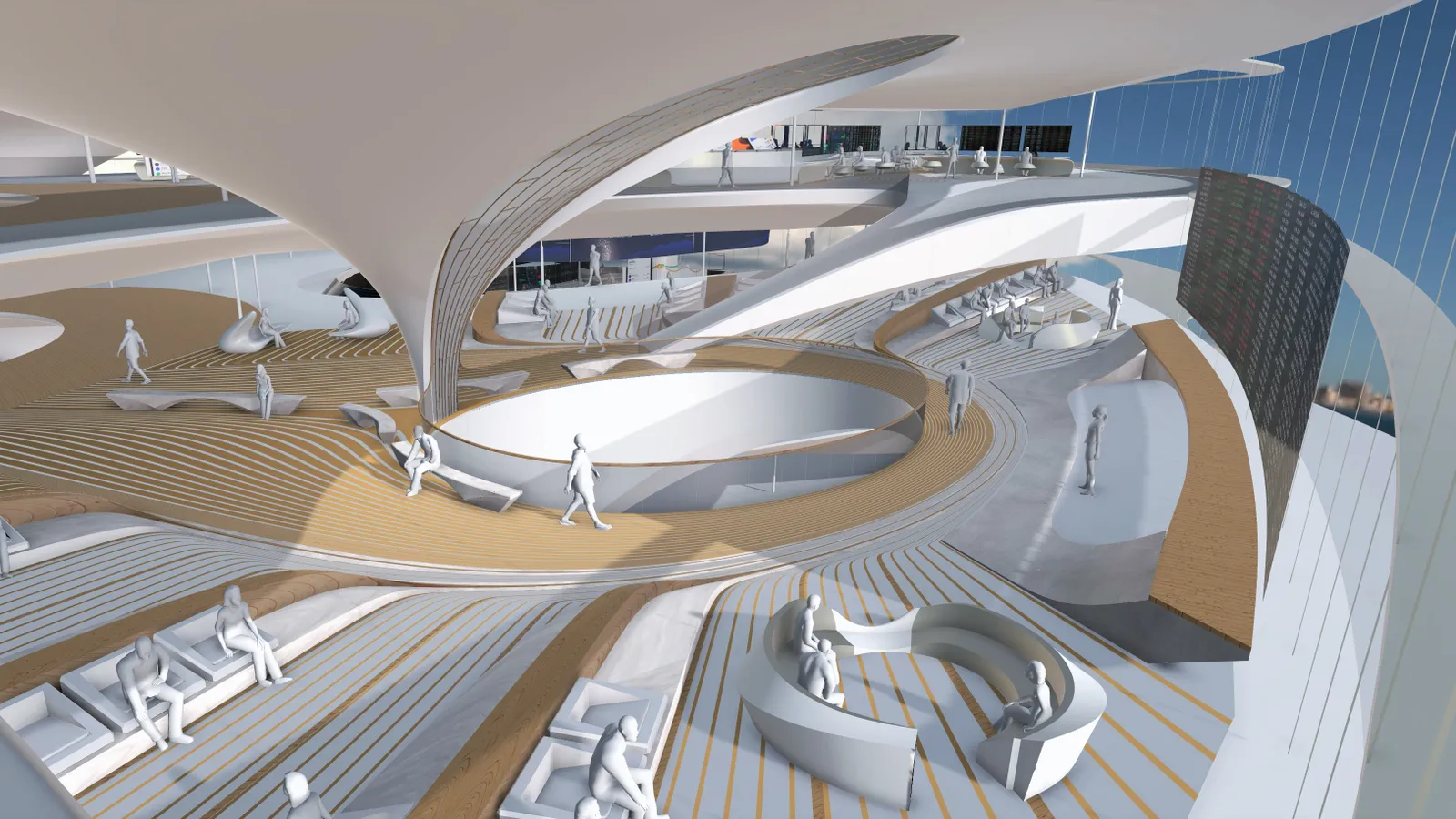
Transformation of Real and Virtual Spaces
This type of metaverse does not offer an alternate reality or a second life or any escape from reality, but instead enhances society and enables fulfilling productive lives. A virtual space that will instigate knowledge exchange, professional collaboration, cultural communication, art, education, political engagement, all of which that frame the domains of human interaction.
Architectural projects – real or virtual – are forms communications expected to take place in framed typologies. To design them implies a development of a spatio-visual language to create information-rich environments for multiple societal interactions. For such reasons, architecture will take lead in metaverse design.

The existing metaverse platforms offer just a glimpse into what this new world could be. As a fast-evolving field, many of the benefits will be unlocked by technologies that are to come.
While the metaverse can expand access to certain aspects of social life, it must be seen as a separate entity, neither replacing nor disassociating physical interaction. The metaverse is constantly being developed as we know it and physical environments will eventually transform to become interfaces to these virtual worlds, forming a cyber-urban fusion. Therefore, it is important to design real and virtual spaces together as a continuum.
Photos courtesy of Zaha Hadid Architects, Arch Exists and BDP


